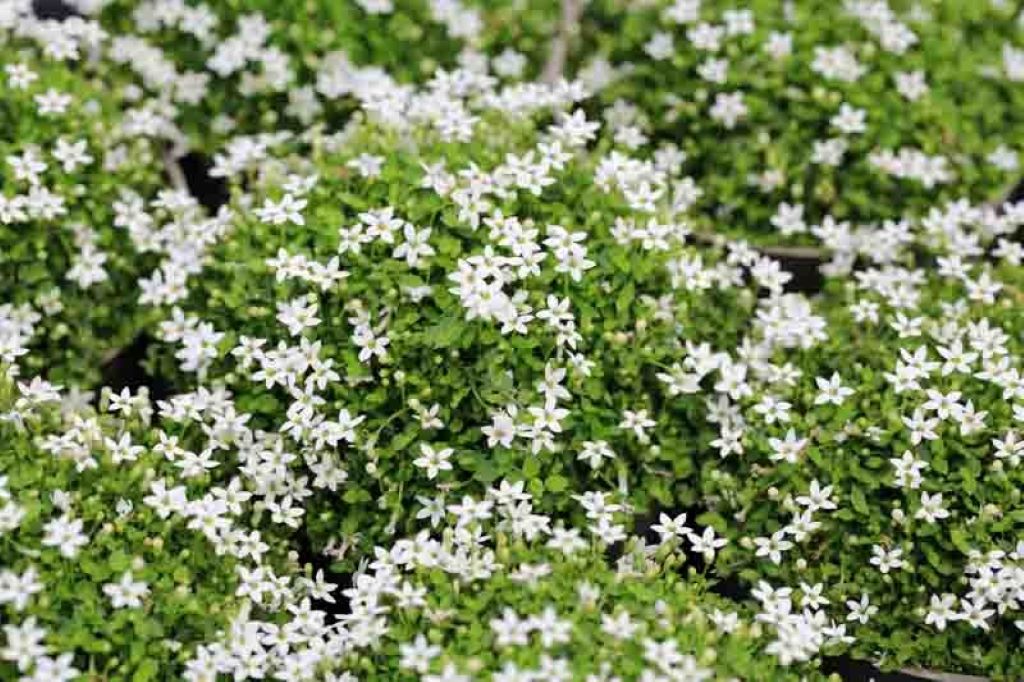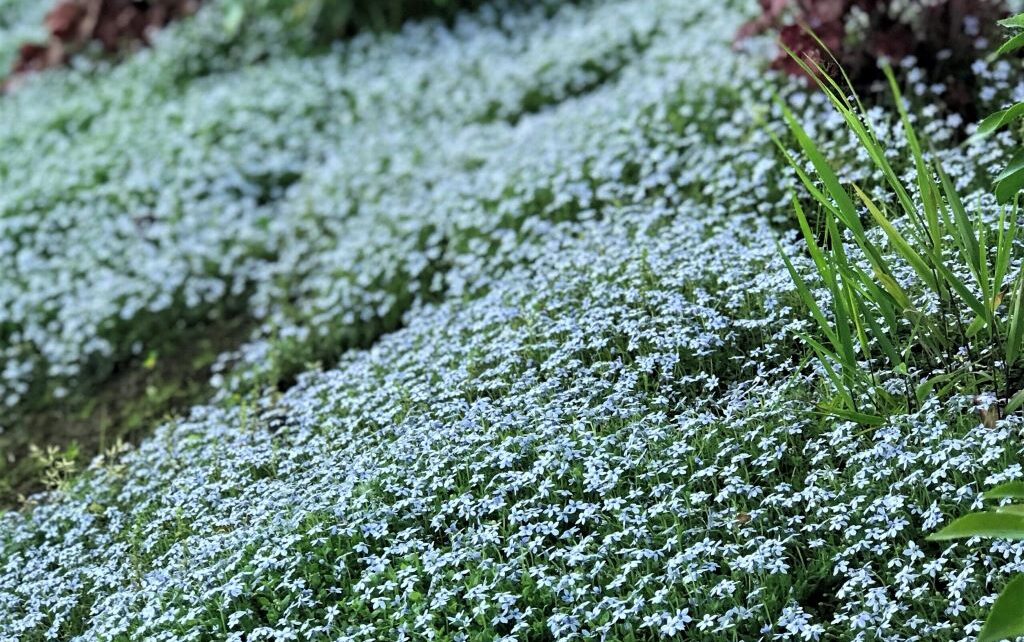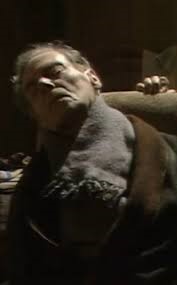Blue star creeper makes an excellent ground cover for many gardens. However, this vigorous plant can quickly become overwhelming without proper management. Garden enthusiasts from Alices Wonderland Nursery often ask about controlling this popular perennial. Understanding how to manage its spread will help you enjoy its benefits without the headaches.
The key to success lies in early prevention rather than reactive control. Many gardeners discover too late that their beautiful ground cover has invaded neighboring plants and areas. Therefore, implementing control strategies from the start saves time and effort in the long run.
Blue star creeper spreads through both underground rhizomes and surface runners. Additionally, it produces seeds that can establish new colonies in unexpected locations. Understanding these growth patterns helps you develop an effective prevention strategy.
Understanding Blue Star Creeper Growth Patterns
Blue star creeper exhibits aggressive spreading behavior through multiple methods. The plant sends out underground rhizomes that can travel several feet from the parent plant. Furthermore, surface stolons create dense mats that expand rapidly during favorable growing conditions.
Seed dispersal adds another layer of complexity to control efforts. Birds and wind can carry seeds to distant locations in your garden. However, most spread occurs through vegetative reproduction rather than seeds. This means physical barriers often prove more effective than chemical controls.
The plant thrives in moist, partially shaded conditions but adapts to various environments. Consequently, it can establish itself in unexpected locations throughout your landscape. Spring and fall typically see the most aggressive growth periods.
Physical Barriers and Containment
Installing physical barriers provides the most reliable long-term control method. Root barriers made from plastic or metal edging can effectively contain underground spread. Therefore, installing these barriers at least 6 inches deep prevents most rhizome escape.
Above-ground barriers also serve important functions. Decorative edging creates clear boundaries between your blue star creeper and other garden areas. Additionally, regular maintenance of these boundaries prevents creeping growth from crossing into unwanted territories.
Consider using buried containers or raised beds for complete containment. This approach works particularly well for small decorative patches. However, ensure containers have adequate drainage to prevent root rot problems.
Regular Pruning and Maintenance
Consistent maintenance represents your best defense against overgrowth. Weekly inspection during growing season allows you to catch spreading before it becomes problematic. Therefore, set a regular schedule for checking boundaries and removing escaped growth.
Sharp, clean tools make pruning tasks easier and more effective. Hand pruners work well for cutting stolons and small sections. However, larger infestations may require more aggressive removal techniques.
Remove all plant material from the garden after pruning. Leaving cuttings on the ground can lead to new root development. Additionally, composting blue star creeper requires hot composting methods to prevent regrowth from surviving plant fragments.
Seasonal Control Strategies
Different seasons require adapted control approaches for maximum effectiveness. Spring prevention focuses on removing winter damage and establishing clear boundaries. Early intervention during this active growth period provides the best results.
Summer maintenance involves regular watering management and continued boundary enforcement. However, avoid overwatering during hot periods as this encourages rapid spread. Additionally, summer heat can stress the plant and slow its aggressive growth patterns.
Fall preparation includes final boundary cleaning and winter protection planning. According to Better Homes & Gardens, proper fall maintenance sets the stage for easier spring control. Therefore, investing time in autumn tasks pays dividends throughout the following year.
Winter monitoring remains important even during dormant periods. Check barriers for damage from freezing and thawing cycles. Additionally, plan any major containment projects for early spring implementation.

Chemical Control Options
Selective herbicides can provide additional control when physical methods prove insufficient. However, chemical treatments require careful application to avoid damaging nearby desirable plants. Therefore, spot treatments generally work better than broadcast applications.
Pre-emergent herbicides can prevent seed germination in problem areas. Additionally, these products may slow the establishment of wind-blown or bird-dropped seeds. However, they typically have minimal effect on existing established plants.
Post-emergent treatments require multiple applications for effective control. The plant’s extensive root system often survives initial treatments. Furthermore, chemical controls work best when combined with physical removal methods rather than used alone.
Always follow label directions and local regulations when using any chemical products. Additionally, consider environmental impacts on beneficial insects and neighboring plants before choosing chemical options.
Alternative Ground Cover Solutions
Replacing blue star creeper with less aggressive alternatives prevents future overgrowth problems. Many attractive ground covers provide similar benefits without the invasive tendencies. Therefore, researching alternatives before installation saves long-term maintenance headaches.
Native ground covers often integrate better with local ecosystems and require less aggressive management. Additionally, they typically support local wildlife better than non-native alternatives. Consider consulting local extension services for region-specific recommendations.
Dense planting of alternative covers can help suppress any remaining blue star creeper growth. Competition for space and resources naturally limits the spread of unwanted plants. However, this approach requires patience as establishment takes time.
Professional Management Services
Complex overgrowth situations may require professional intervention for effective control. Landscape professionals have access to specialized tools and treatments not available to homeowners. Therefore, consider professional help for large-scale or persistent problems.
Professional services can also design comprehensive management plans tailored to your specific situation. Additionally, they often provide ongoing maintenance contracts to prevent future problems. This approach works particularly well for commercial properties or extensive residential landscapes.
Regular professional consultation can catch problems before they become overwhelming. Many services offer seasonal inspections as part of broader landscape maintenance programs. Furthermore, professional advice helps you avoid common mistakes that can worsen overgrowth issues.
Long-term Prevention Planning
Successful blue star creeper management requires a long-term perspective and consistent effort. Short-term solutions often fail when maintenance lapses or growing conditions change. Therefore, developing sustainable management practices ensures ongoing success.
Document your control efforts and their effectiveness for future reference. Additionally, keep records of which methods work best in different areas of your garden. This information becomes valuable for adjusting strategies over time.
Consider the changing needs of your landscape as it matures. Young gardens may require more aggressive control measures than established landscapes. However, aging barriers and changing plant communities may create new challenges requiring adapted approaches.
Conclusion
Preventing blue star creeper overgrowth requires a combination of physical barriers, regular maintenance, and strategic planning. Early intervention proves far more effective than attempting to control established overgrowth. Therefore, implementing prevention strategies from the beginning saves significant time and effort.
Success depends on understanding the plant’s growth patterns and adapting your control methods accordingly. Additionally, consistent maintenance and monitoring prevent small problems from becoming major headaches. Regular attention to boundaries and removal of escaped growth maintains the balance between enjoying this attractive ground cover and preventing its aggressive spread.
Frequently Asked Questions
How fast does blue star creeper spread?
Blue star creeper can spread 12-18 inches per year under ideal conditions. Additionally, individual plants may expand several feet in diameter within 2-3 growing seasons without proper containment.
Will blue star creeper damage other plants?
Yes, blue star creeper can crowd out smaller plants and compete with shallow-rooted perennials for water and nutrients. However, established trees and shrubs typically resist its competition effectively.
Can I use mulch to control blue star creeper spread?
Mulch provides limited control as blue star creeper can grow through most organic mulches. Therefore, combine mulch with physical barriers for more effective containment.
Is blue star creeper considered invasive?
Blue star creeper is not classified as invasive in most regions but can be aggressively spreading in garden settings. Additionally, its behavior varies significantly based on local growing conditions.
What time of year is best for removing blue star creeper?
Late fall or early spring provide the best timing for major removal projects. However, regular maintenance and boundary enforcement should continue throughout the growing season for best results.
Read More:
Best Cabbage Varieties to Grow in Your Garden
Black dahlia flower: how to grow this flower on the terrace or in the garden




